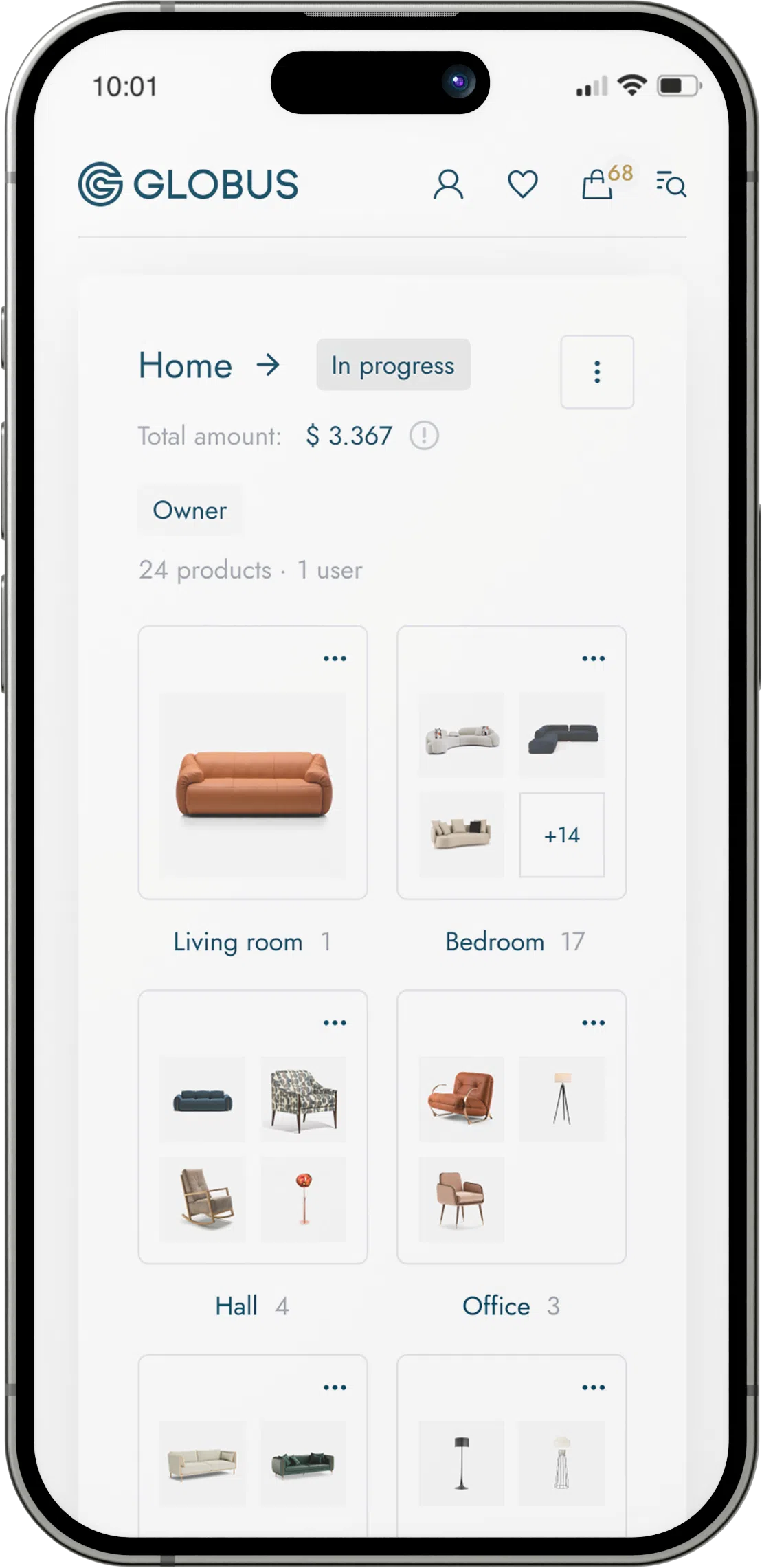
Artificial crystal material when mentioned in the context of furniture typically refers to a type of glass or polymer that has been manufactured to mimic the appearance and reflective qualities of natural crystal. Natural crystal, such as quartz or diamond, is renowned for its clarity, brilliance, and sparkle due to its highly ordered structure and reflective facets. Reproducing these properties in a synthetic material allows for a more affordable, accessible, and versatile use in furniture design while achieving a similar aesthetic appeal.
Here's a detailed overview of artificial crystal materials commonly used in furniture:
Types of Artificial Crystal Materials:
- Acrylic or Polymethyl Methacrylate (PMMA):
- Acrylic is a transparent thermoplastic often used as a lightweight, shatter-resistant alternative to glass. It can be clear or tinted and is known for its excellent light transmission and weather resistance.
- It's often used in furniture for tabletops, decorative panels, or ornamental features.
- Polycarbonate:
- Polycarbonate is another type of thermoplastic that is incredibly tough and has high impact resistance. It's less likely to crack or break than both glass and acrylic, although it can scratch more easily.
- Used for similar applications as acrylic, particularly where durability is crucial.
- Glass-Crystal Blends:
- These are composites made by blending glass with lead oxide or other metallic oxides to increase refractivity and mimic the look of high-end crystal.
- Such materials may be used for decorative elements, knobs, or inlays in furniture.
- Lead Crystal:
- Although not completely artificial, lead crystal is glass that contains lead oxide. The inclusion of lead increases the density and refractive index of the glass, making it sparkle more like natural crystal.
- It is commonly used in decorative elements within furniture, such as in handles or ornate legs.
Characteristics:
Reflectivity and Brilliance: Artificial crystals are designed to reflect light spectacularly and can have prism-like surfaces that disperse light, adding to the aesthetic value of the furniture.
Moldability: These materials can be cast and molded into intricate shapes and designs, allowing for creative freedom in furniture design.
Durability: Depending on the specific material, artificial crystals can be very durable and resistant to impact, scratches, and weathering.
Maintenance: Surfaces made from artificial crystal can be easy to clean and maintain. However, they may be prone to scratching if not treated gently.
Weight: Generally, artificial crystal materials are lighter than natural stone or glass, which can be beneficial for the mobility and installation of furniture.
Cost: Typically, artificial crystal materials are more cost-effective than their natural counterparts, making them attractive for a variety of applications.
Applications in Furniture:
Table Tops: Transparent artificial crystal materials like acrylic can be used for sleek, modern table tops.
Decorative Hardware: Pulls, knobs, and handles for drawers and cabinets may be crafted from synthetic crystal blends for a touch of elegance.
Accent Pieces: Furniture with incorporated artificial crystal elements, such as inlays or decorative panels, create points of visual interest.
Shelving: Durable and clear artificial materials like polycarbonate may be used for shelves, especially when a light and airy appearance is desired.
Considerations:
- The choice of artificial crystal material for furniture depends on the performance requirements, desired aesthetics, environmental considerations, and budget.
- For high-wear areas, scratch resistance and durability are key factors.
- Some artificial crystals can yellow over time when exposed to UV light; thus, UV resistance may be a relevant property for some applications.
- Safety is also a consideration; unlike glass, many artificial crystals are less likely to shatter into sharp pieces upon impact, making them a safer choice in certain settings.
When incorporating artificial crystal into furniture, designers often seek a balance between practicality and decorative value, aiming to create pieces that are both beautiful and functional.


